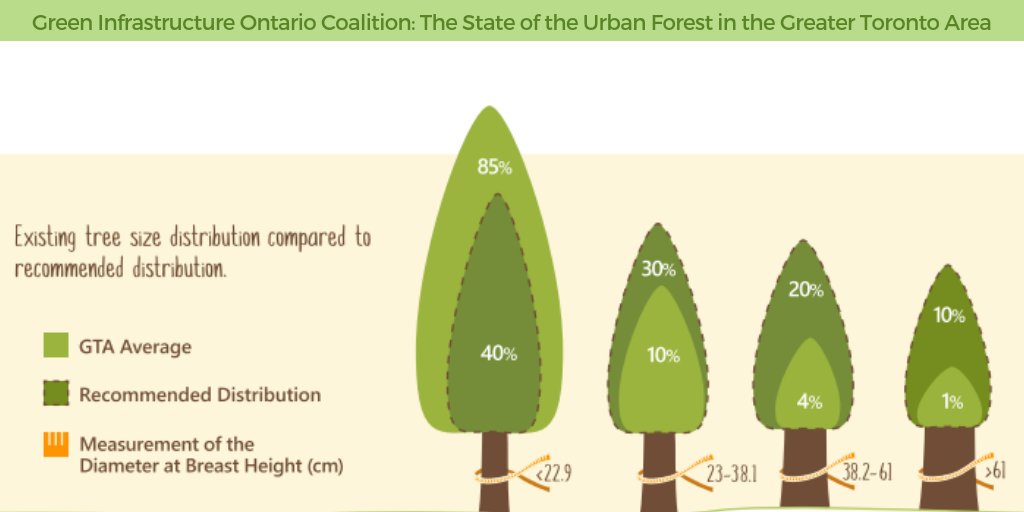Search For Essential Indicators That Suggest Your Tree May Be Dangerous; Knowing These Can Safeguard Your Residential Property And Loved Ones. What Should You Expect Following?
Search For Essential Indicators That Suggest Your Tree May Be Dangerous; Knowing These Can Safeguard Your Residential Property And Loved Ones. What Should You Expect Following?
Blog Article
Write-Up Developed By-McDonald Cormier
When it involves tree care, identifying the indications that it's time for removal is necessary for your safety and residential property. You may see tarnished fallen leaves, wilting branches, or strange fungal growths suggesting health issue. Architectural problems, like a significant lean or cracks in the trunk, can also present dangers. Comprehending these warning signs can aid you make notified decisions regarding your trees and prevent possible hazards prowling in your yard. What should you look for next?
Indicators of Degeneration and Illness
When you discover indicators of decay and disease in your trees, it's important to act quickly. Look for tarnished http://citysquares.com/b/precision-timber-felling-25209659 , wilting branches, or unusual developments like fungus. These can show that your tree is having a hard time.
If you see cracks in the bark or soft, mushy timber, these symptoms recommend interior degeneration. Additionally, a sudden rise in pests around your tree can signify that it's compromised and vulnerable.
Look for any dead or passing away limbs, as they pose a threat to your building and safety and security. If you're uncertain about what you see, consulting an arborist can supply clearness.
Dealing with these indicators early can conserve you from much more comprehensive damage and ensure the health and wellness of your lawn. Don't wait till it's far too late.
Structural Instability and Leaning
As you observe your trees, watch out for any indications of architectural instability or leaning. If a tree leans dramatically, it may show that the root system is endangered.
Search for any kind of splits in the trunk or dirt around the base; these can signify possible failure. Additionally, check for uncommon growth patterns, like a lopsided crown, which might suggest that the tree is struggling to hold itself upright.
If you notice that the tree favors your home, power lines, or various other structures, it postures a better risk. Do not ignore these signs-- speak with an arborist to assess the situation.
Taking action early can avoid expensive damages and ensure your safety.
Dead or Perishing Branches and Vegetation
If you observe dead or passing away branches and foliage on your tree, it's a clear indication that something's incorrect.
These undesirable locations can indicate underlying concerns like condition, bug invasions, or environmental stress and anxiety. When branches shed their fallen leaves or transform brownish, they're no more adding to the tree's health and wellness. Ignoring these indications could lead to more decrease, making your tree more harmful.
Dead branches can easily break off during tornados, posing a danger to property and people close by. It's critical to assess the level of the damage.
If the issue affects a substantial part of the tree, consider consulting a specialist. They can help identify if elimination is necessary to ensure safety and maintain the beauty of your landscape.
Final thought
If you observe any type of signs of degeneration, architectural instability, or dead branches on your trees, do not disregard them. These indicators can pose major security threats to you and your home. How To Trim A Tree To Keep It Small 's always best to consult a specialist arborist who can provide an expert evaluation of your trees. Taking action early can protect against crashes and costly damages, guaranteeing your landscape remains safe and healthy and balanced. Bear in mind, it's better to be proactive regarding tree treatment than to wait on a disaster to happen.
